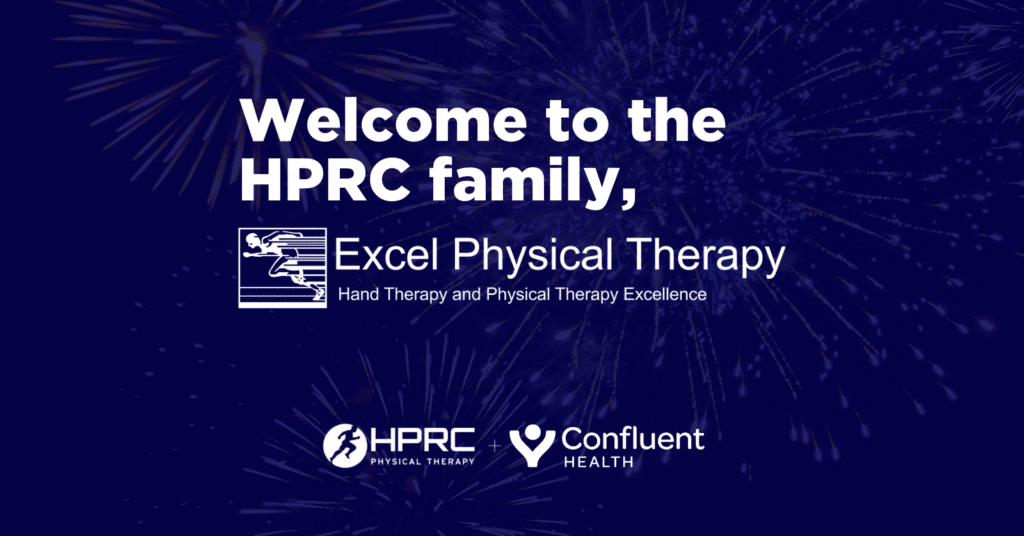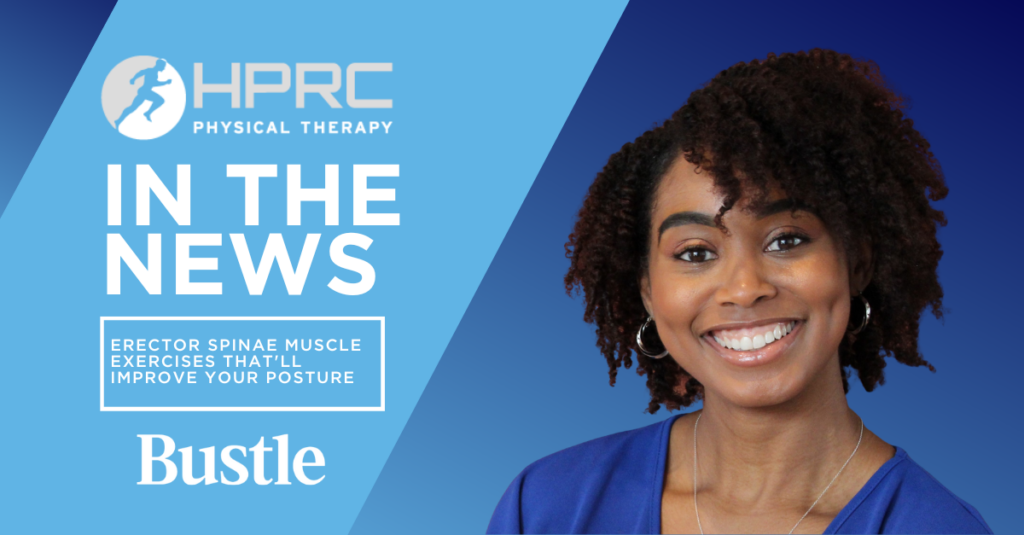If you’ve ever woken up in the morning with a headache, heard the sound of your jaw popping or clicking, or experienced pain or stiffness in the jaw and neck, you may be one of the more than 10 million Americans who experience TMJ pain. Despite what you’ve heard, this is not a condition you have to live with. Physical therapy is a highly effective, non-invasive treatment option for TMJ pain that routinely yields good results.
What TMJ pain feels Like
TMJ is shorthand for temporomandibular joint, the joint that connects the lower jaw to the bone at the side of the head. When people say “I have TMJ,” they’re referring to the pain and dysfunction in the jaw joint and in the muscles that control jaw movement. This common condition presents itself in a variety of ways from patient to patient, but it’s usually marked by pain in the face, jaw or neck; stiffness or limited movement in the jaw muscle; painful clicking or popping when opening and closing the mouth, or a change in the way the teeth fit together. While most patients tend to discuss concerns about TMJ pain with their dentists or doctors first, it’s a good idea to see a physical therapist if you’re experiencing it. Direct access laws enable you to schedule appointments directly, without a physician referral. Patients with TMJ pain usually see positive results in reducing or eliminating their symptoms after seeing a PT who is experienced in treating these kinds of cases.
Causes of TMJ Pain
TMJ pain is fairly common and stems from a wide range of causes. It can result from trauma to the jaw or teeth, arthritis, general stiffness in the neck due to sitting behind a computer, side sleeping on one’s cheek or teeth grinding during the night. Even excessive talking, bubble gum chewing or nail biting can trigger TMJ pain. Stress and anxiety can also be a cause, and so can orthodontic braces. Women tend to experience TMJ pain more often than men, possibly because of hormonal changes.
Physical Therapy Can Help TMJ Pain
Physical therapy for TMJ pain can be very effective in reducing discomfort and restoring movement. An experienced PT will use a variety of treatments to improve symptoms, such as joint and soft tissue mobilizations, postural education, exercises for range of motion and strength, and modalities to reduce pain and relax the jaw muscles.
Patients usually see results in four to six weeks. On-site therapy works best when paired with an at-home program that is specifically designed for each patient’s needs. That may include avoiding foods that are hard to chew, watching your neck posture and applying heat or ice to the large “chewing” muscles in front of your ears. Watching your jaw posture is also important. This includes avoiding clenching your teeth throughout the day, an unconscious habit known as “bruxism.”
Your PT program will work in conjunction with any treatments that may have been recommended by your physician or dentist.
Samuel Coley, PT, has been employed with HPRC since 2011. He is a certified ASTYM provider of the Upper & Lower Extremity and he is certified in the treatment of myofascial pain and dysfunction with dry needling. His specialties and interests include orthopedics, TMJ treatment, sports performance and manual therapy. Same is a member of the Physical Therapy Association of Georgia, American Physical Therapy Association (APTA), and Orthopedic Section of the APTA.



